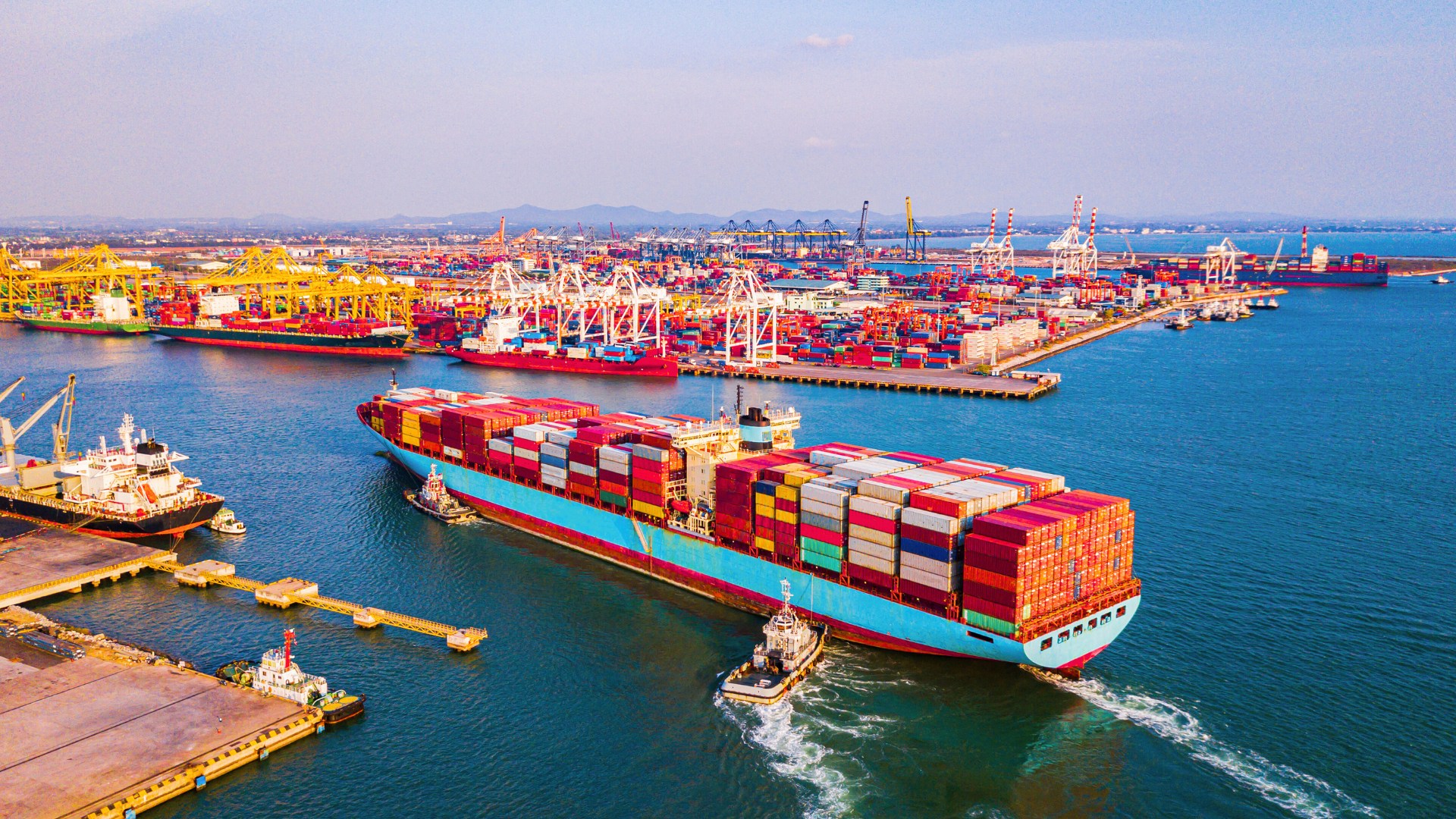The US/China Trade War may have reached a ceasefire but a full-scale retreat doesn’t seem to be on the horizon. The signing of the Phase 1 Trade Agreement in January 2020 eased tensions and the countries averted another round of tariffs. The two countries will now work towards a Phase 2 agreement while much of the historic tariffs remain in effect.
During the exchanges over the last two years, tariffs did have an economic impact on some Chinese cities. China depends on its manufacturing and export sectors for economic prosperity but it saw growth slowing for the first time in many years in some regions due to the trade war.
Chinese Cities Affected by the Trade War
Different Chinese cities produce different consumer products and raw materials. The result is that some cities experienced harsher economic downturns due to the trade war than others. The true impact on these Chinese cities may only become clear in the future but some regions are facing specific, immediate challenges.
Factory Closures in Tianjin
Tianjin is the largest manufacturing hub in northeastern China. In December 2018, Samsung closed its massive smartphone factory due to the economic pressure in the region. Samsung didn’t assign any blame on the trade war. Instead, Samsung’s official stance was the closure was due to continued pressure from local competitors made the factory no longer viable for their company.
Tianjin also experienced a plunge in direct foreign investment over the last two years. In 2016 and 2017, foreign direct investment totaled more than $10 billion. For 2018, the amount dropped to only $4.85 billion. Due to the city’s resilience, they did experience a surge in their gross domestic product (GDP) for most of 2019 increasing from 3.6% in 2017 to 4.6% in the first three quarters of 2019.
Shenzhen Seems to Be Hit Hardest
Seen as China’s tech manufacturing hub Shenzhen arguably experienced the most severe downturn over the last two years. Some believe Shenzhen’s downturn was more closely linked to its largest company, Huawei, and the downturn in its profitability that can arguably be said to be directly attributable to US sanctions rather than the tariffs. Huawei is the largest contributor to Shenzhen’s GDP.
Due to the impact of the sanctions, the trade by volume with the US decreased from 17% to 5.9% in the second quarter of 2019. The city is currently taking practical steps to limit any further impacts of the trade war.
Shanghai Survives the Trade War
Although Shanghai barely reached its GDP targets for 2019, it is aiming to keep its growth above 6% for 2020. This will largely depend on foreign investment and the establishment of a free-trade zone at Lingang.
Shanghai is a business hub and the Chinese city will focus on high-end industries to sustain its growth. They will also look to add 500,000 new jobs in 2020 and keep the city’s unemployment rate below 4.3%.
ITI Manufacturing Can Help US Companies Adjust Their Strategy
ITI is available to help companies looking to adjust their offshore manufacturing and outsourcing strategies. We help US manufacturers source, ship, and produce products from China and the Asia-Pacific region. For companies needing advice on how to approach the current climate and find a better offshore solution, contact us and learn from our 45+ years of experience in the industry.
We’re available to help you learn how our liaison services can help you succeed with Chinese manufacturing. So, connect with us online, or call us directly at 281-242-7030. Ask us about our customizable Offshore Management Service and how our services can be tailored to solve your specific offshore manufacturing issues.





